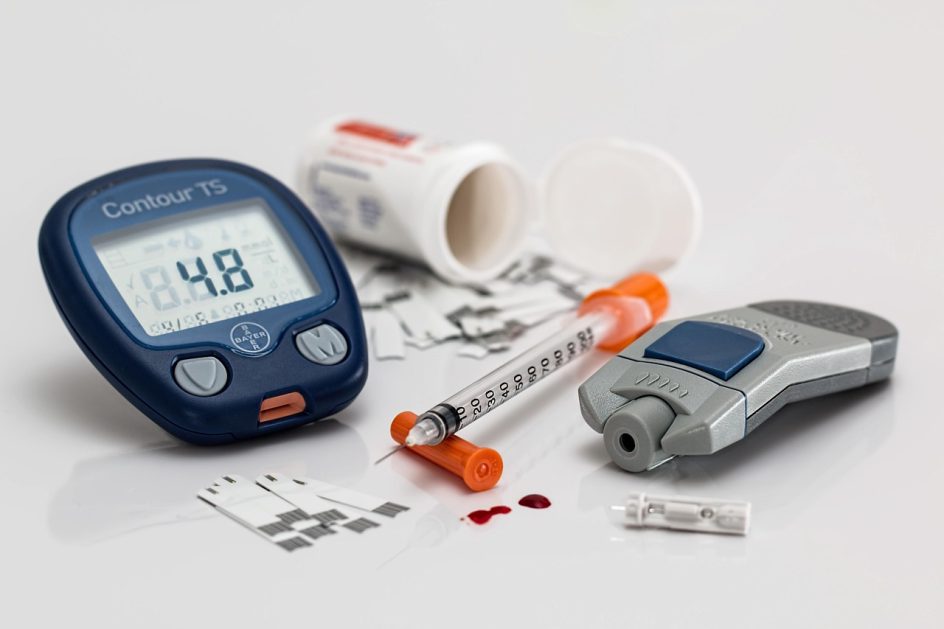
Best Practices for Risk Management of (In Vitro Diagnostic) Medical Devices
There is a widely recognized need in the medical device industry to develop effective risk management systems. As medical devices become increasingly complex, particularly due to digitalization, this need has grown significantly.
What are In Vitro Diagnostic Medical Devices and Medical Devices?
In vitro diagnostic (IVD) medical devices are used to perform measurements on samples, such as pregnancy tests or blood glucose monitors for diabetics. In contrast, medical devices include items like contact lenses or pacemakers. (European Commission) Both types of devices are important for the healthcare system and significantly impact on people’s health and well-being (Sharma & Luthra 2023, 15).
What is the purpose of risk management of medical devices?
The requirements for risk management of medical devices are outlined in the ISO 14971 standard, which is recognized and accepted by regulatory authorities worldwide. ISO 14971 aims to proactively and systematically address risks associated with medical devices. Ensuring that medical devices are safe, reliable, and effective enhances the overall performance of the healthcare system. (Sharma & Luthra 2023, 15-16)
What are the challenges and opportunities in the risk management of medical devices?
Implementing an ISO 14971-compliant risk management system can be resource-intensive and costly. However, investing in risk management can uncover opportunities to improve product performance. Initiating risk management early in the product development phase can lead to significant advantages, potentially offsetting the costs associated with risk mitigation procedures. Recent studies have highlighted the increasing importance of risk management in the successful development of medical devices (Khinvasara, Ness & Tzenios, 2023, 131).
What are the main strengths of risk management processes?
Interviews with 16 subject matter experts in medical device risk management revealed several strengths in current processes. These include integrating risk management within the organization and ensuring its importance is understood. Linking risk management to other quality management system processes, such as design and complaint handling, was identified as a key strength. Additionally, using risk management software to create traceability between risks, mitigation requirements, and verification and validation activities was seen highly beneficial.
What are the main challenges of risk management processes?
Based on the interviews, challenges in current risk management processes include a lack of standardization in documentation, difficulties in assigning risk priorities, challenges in risk identification and mitigation, and a time-consuming onboarding process.
What are the must-have functionalities for risk management software?
Interviews identified essential functionalities for risk management software, including traceability, ease of use, alignment with ISO 14971 logic for IVDs with indirect risks, automatic report generation, and capabilities for modifying and visualizing data.
What development areas were identified in the development work?
Development areas identified to enhance efficiency and effectiveness of risk management processes for medical devices included:
- Ensuring organizational understanding of the importance of risk management for achieving safe and effective products.
- Assigning a cross-functional risk management team with clear, purpose-driven roles and responsibilities.
- Starting risk management activities early and investing in the risk identification phase.
- Establishing clear acceptance criteria and presenting risk priorities clearly.
- Ensuring traceability and a standardized approach to risks throughout the quality management system.
- Clarifying probability calculations and improving data gathering.
- Implementing risk management software to enhance efficiency.
What is recommended for future research?
Further research is needed to identify the most appropriate commercially available risk management software for managing complex IVD medical devices. While several articles discuss suitable risk management methodologies for medical devices, specific research focused on IVD medical devices is recommended.
Conclusion
Risk management is recognized as a core process for medical device companies, starting in the early development phase and continuing throughout the product’s lifecycle. It is an iterative process where mitigations are implemented as more information becomes available about product safety and performance. Early implementation of mitigations is cost-effective, making early investment in risk identification crucial. Involving medical professionals to ensure product understanding and finding ways to target risk mitigation efforts correctly are seen essential.
Article is based on master’s thesis: Leppänen Mari (2025) Risk Management of (IVD) Medical Devices – Identification of Development Areas, https://urn.fi/URN:NBN:fi:amk-2025052315120
Photo by Pixabay
Bibliography:
European Commission, n.d. Overview. Accessed 23.5.2025. https://health.ec.europa.eu/medical-devices-sector/overview_en
Khinvasara, T., Ness, S. & Tzenios, N., 2023. Risk Management in Medical Device Industry. Journal of Engineering Research and Reports, 25, 130–140. Accessed 23.5.2025. https://doi.org/10.9734/JERR/2023/v25i8965
Sharma, A. and Luthra, G. 2023. A Comprehensive Review of Risk Management in the Medical Device Industry. Journal of Pharmaceutical Research International, 35(6), 14–23. Accessed 23.5.2023. https://doi.org/10.9734/jpri/2023/v35i67330